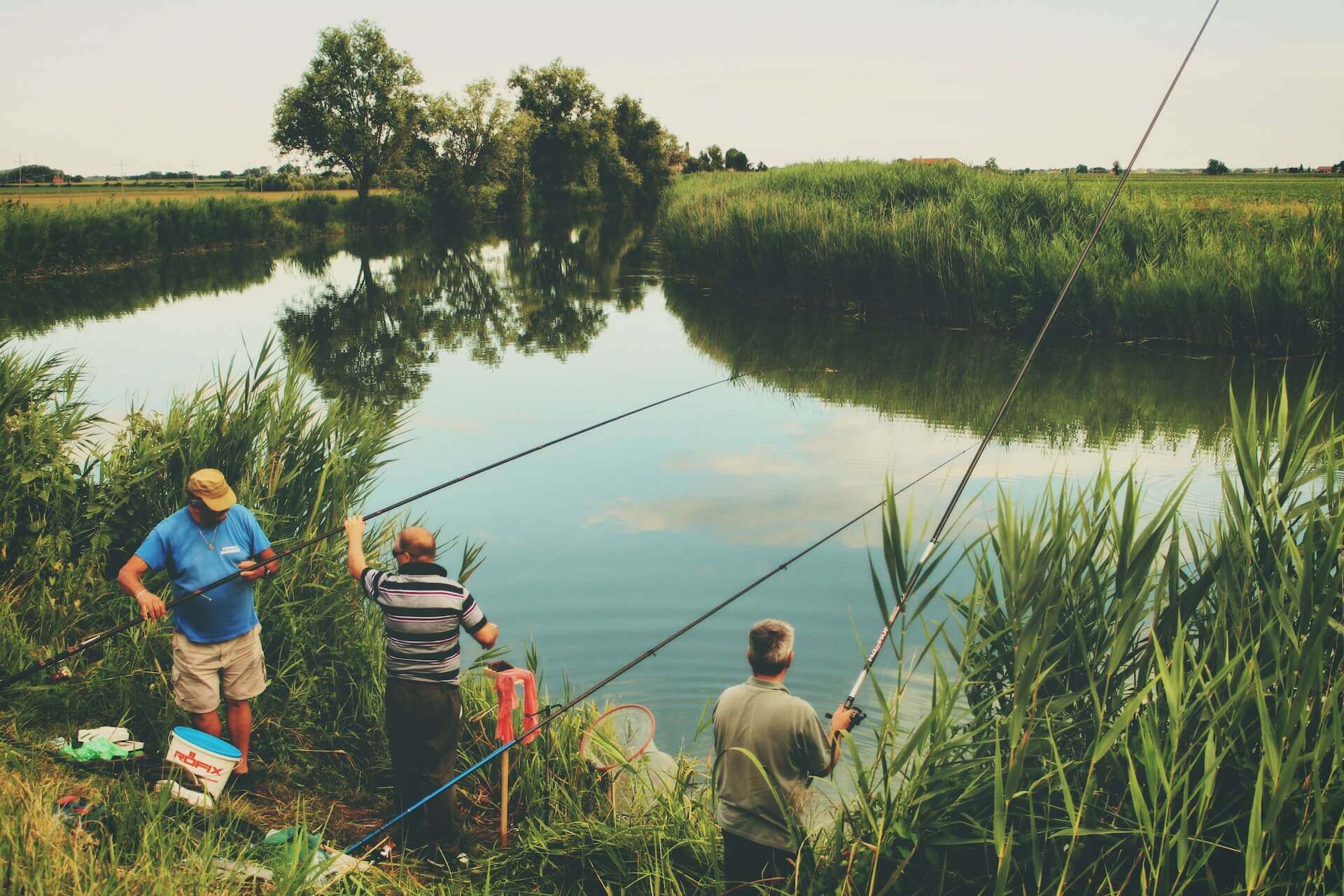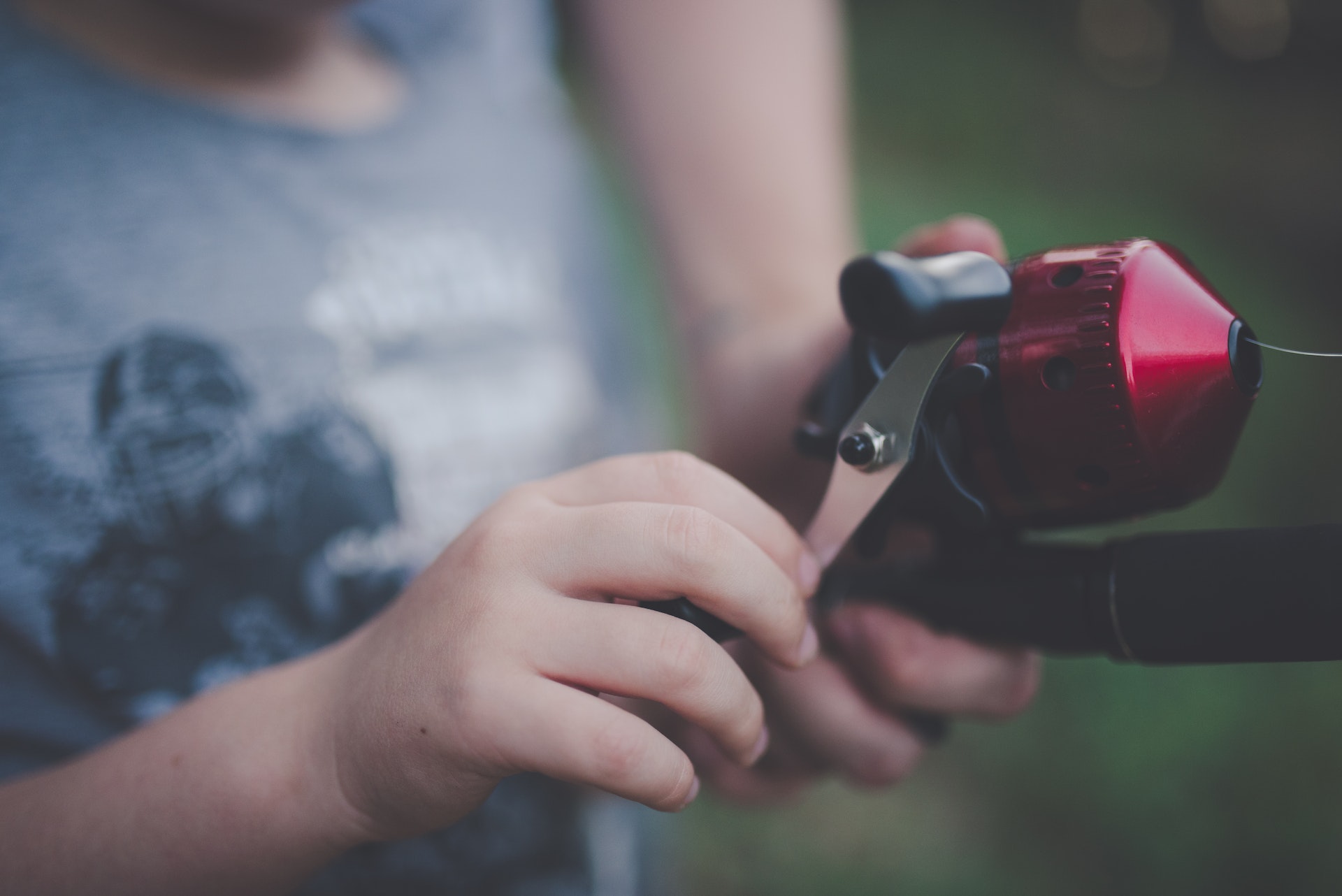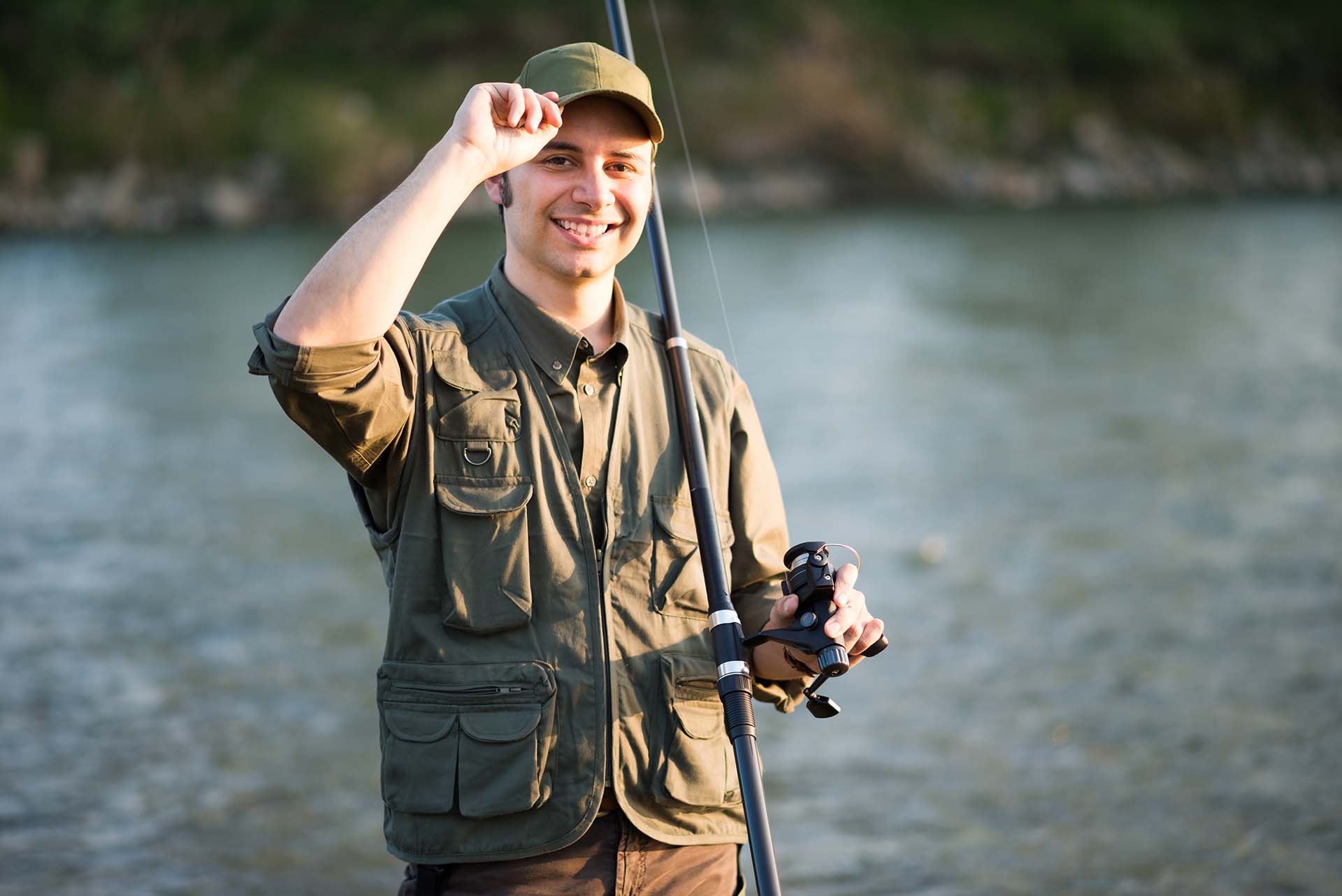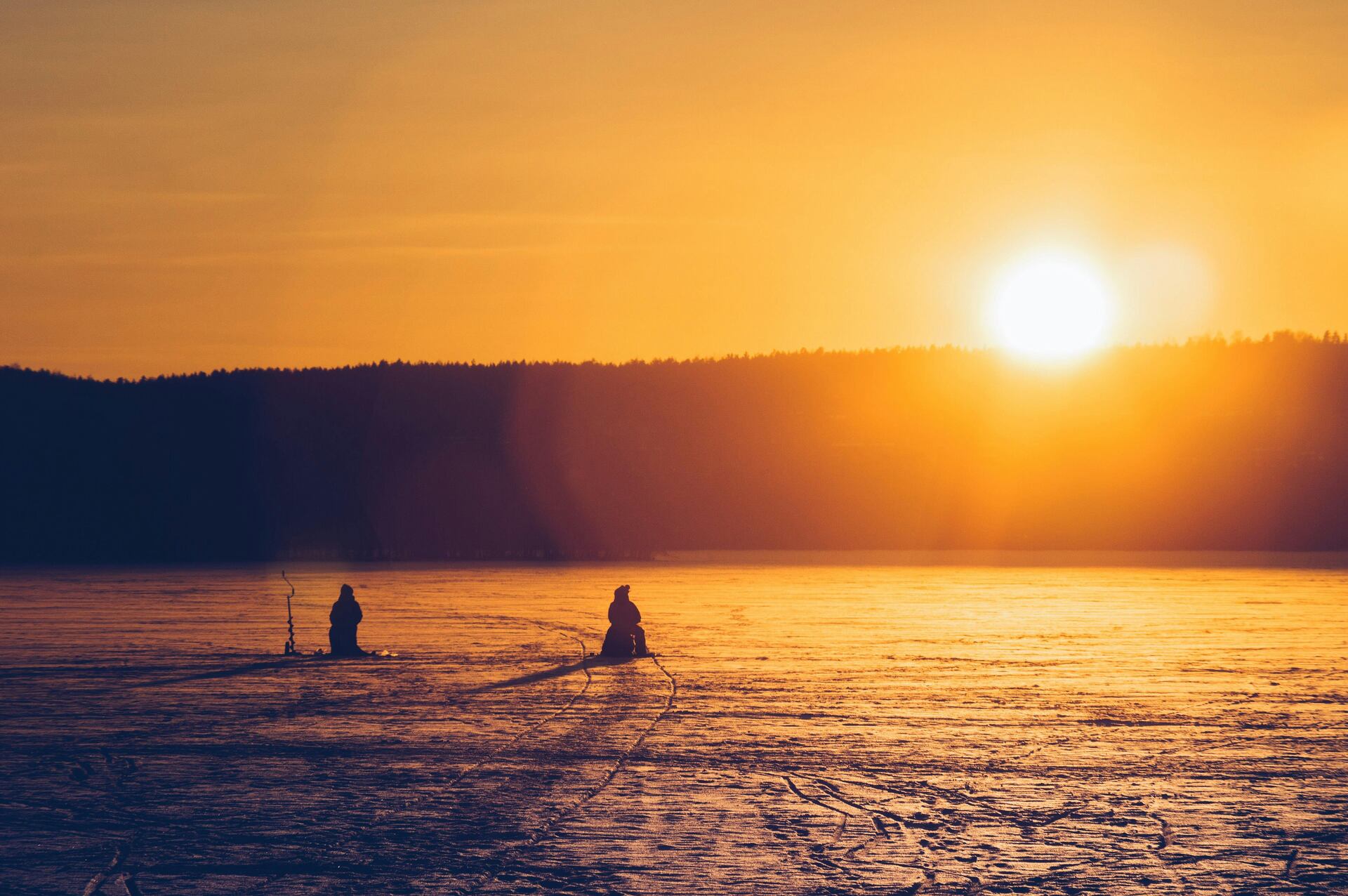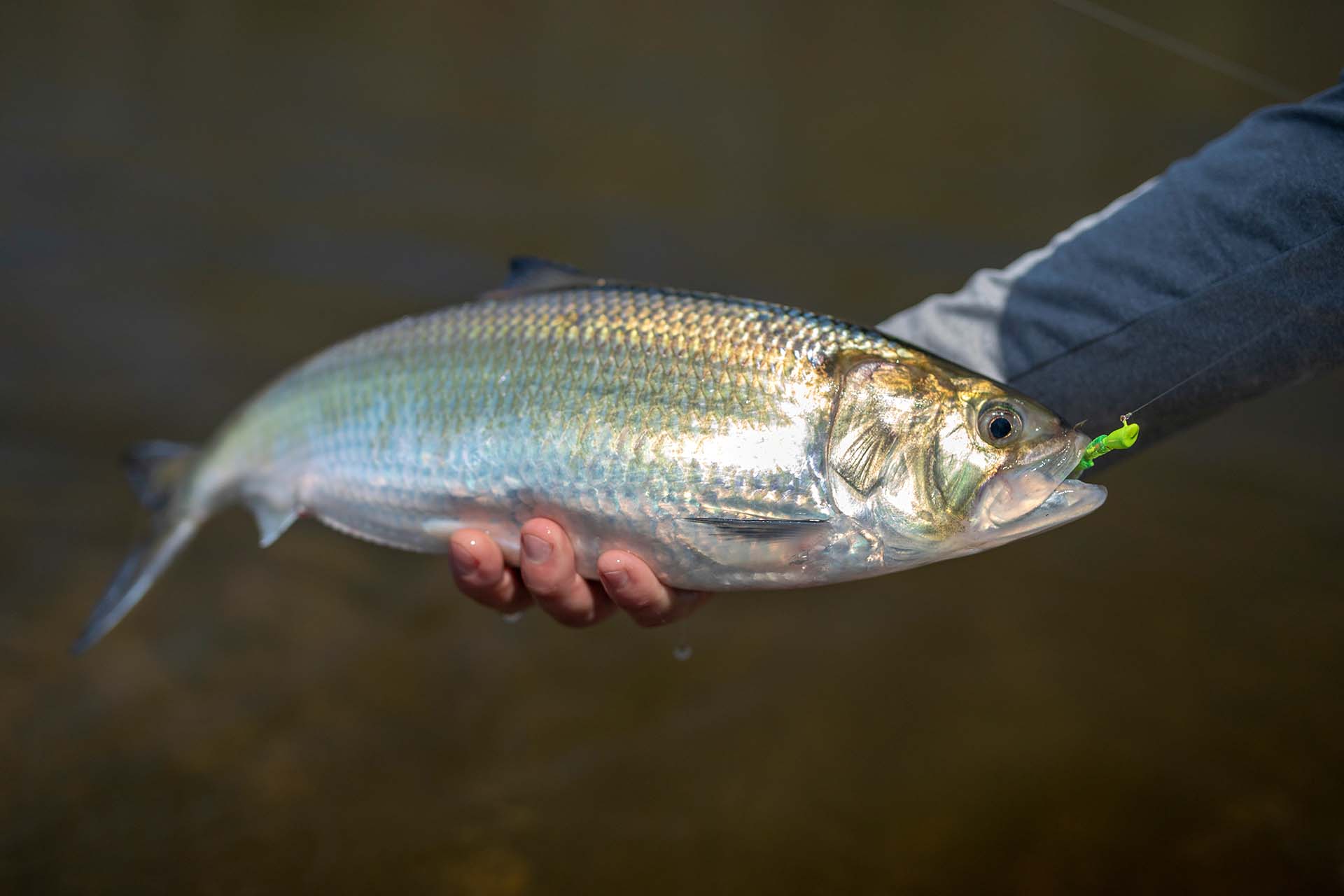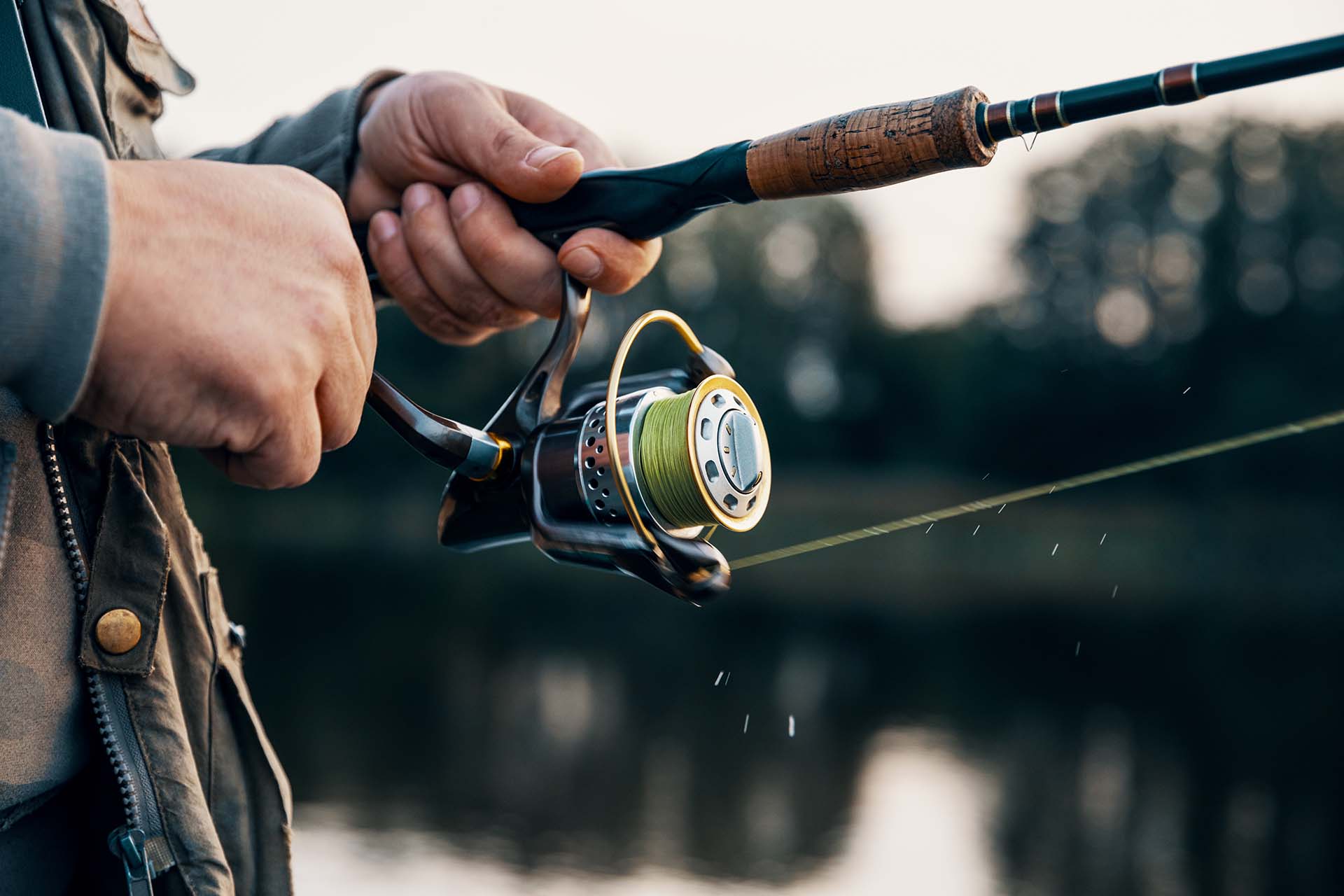Muddy water calls for different measures when it comes to lures. If you’re an angler who’s tried everything from worms to spinnerbaits and nothing works, it’s time to find the best lure color for muddy water. Yes, choosing the right one is important for success in murky conditions – but did you know that selecting the perfect hue can also make a big difference? Let’s check out how to upgrade your angling experience.
The best color lure for muddy water is vibrant and high-contrast colors like chartreuse, fluorescent orange, and electric blue. These colors tend to be the most effective. Also, they create visibility and stand out against the murky backdrop, increasing the chances of enticing fish to strike.
What Should You Know About Muddy Water Fishing?
Muddy water fishing is a captivating endeavor that demands skill and adaptability. With limited visibility, vibrant and high-contrast colors stand out, while dark hues create alluring silhouettes. Adjusting retrieval techniques, experimenting with attractants, and learning from local knowledge is key to unlocking success in this enigmatic aquatic realm.
Factors Contributing to Water Turbidity and Muddiness
Various factors, including heavy rainfall, sediment runoff, suspended particles, and disturbances in the water bed, can influence water turbidity and muddiness. Natural phenomena and human activities can contribute to the water’s cloudiness, affecting visibility and fishing conditions.
Effects of Muddy Water on Fish Behavior and Feeding Patterns
Muddy water has a profound impact on fish behavior and feeding patterns. Reduced visibility prompts fish to rely on other senses, such as vibrations and scent, to locate prey. They may exhibit heightened aggression and strike at lures that create distinct profiles or imitate wounded prey, adapting their feeding strategies to navigate the murkiness. This will also dictate what your angling style will be too.
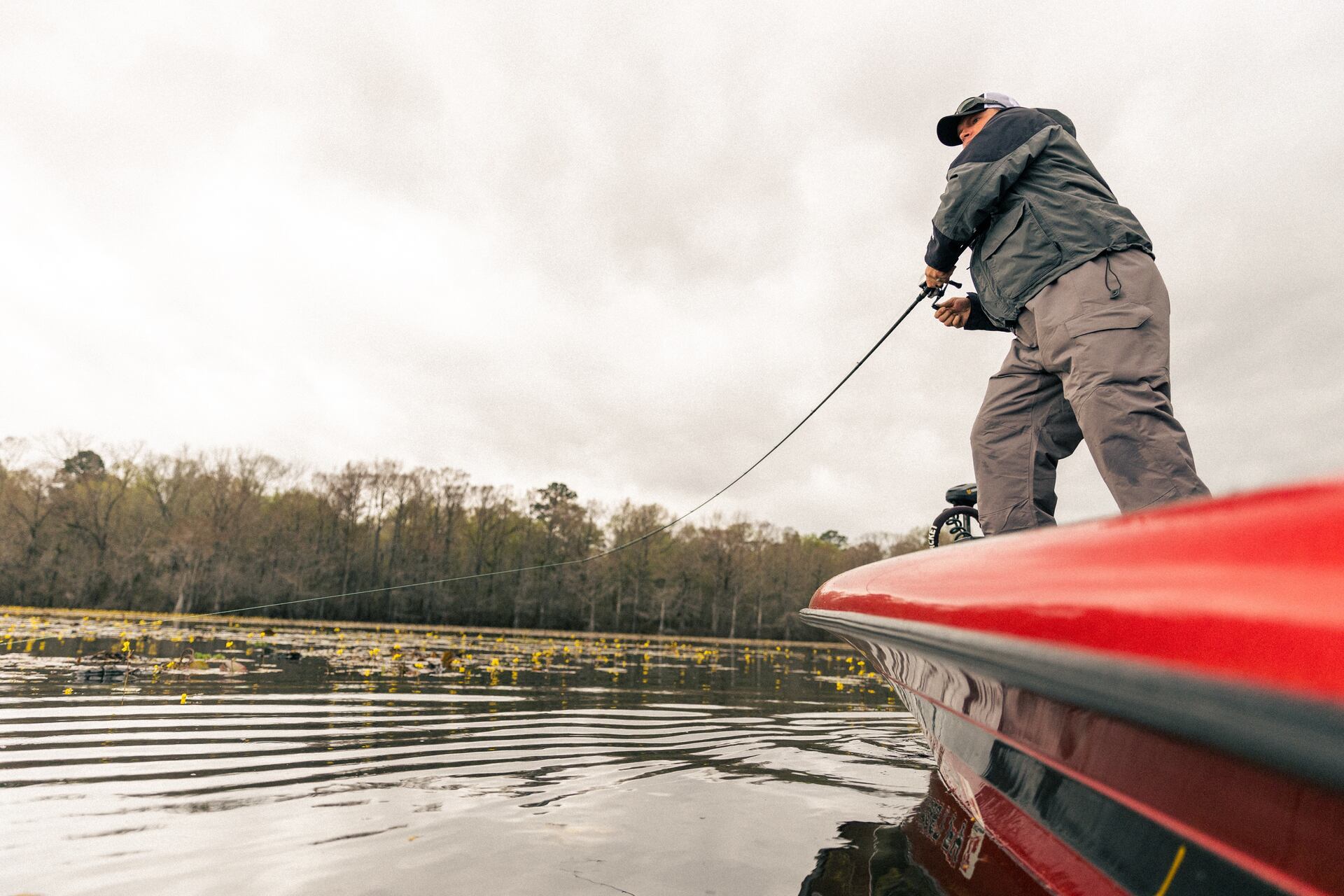
How to Pick the Best Lure Color for Muddy Water – The Science Behind Selection
When it comes to angling in murky, muddy waters, selecting the right lure color can make all the difference between a successful fishing expedition and a disappointing day on the water. But how does one navigate the murky depths of selection? The answer lies in the science behind color perception.
In muddy water, visibility is limited, and certain hues tend to stand out more than others. Opt for vibrant and contrasting colors like chartreuse, fluorescent orange, or electric blue to grab the attention of fish lurking beneath the surface. These colors create a striking silhouette that cuts through the murkiness, increasing the chances of enticing a strike. When you know things like these, you can choose the right fishing type and unlock the secret to transforming a challenging angling situation into a thrilling triumph.
What Are Contrast and Visibility Principles in Murky Water?
In murky water, contrast and visibility play crucial roles in attracting fish to lures. Bright and vibrant colors such as chartreuse, fluorescent orange, or electric blue create high contrast against the muddy backdrop, making them more visible to fish. These colors stand out and create a silhouette that fish can detect amidst the murkiness. Additionally, incorporating metallic or reflective surfaces on lures can increase visibility by reflecting available light.
Factors Influencing Fish’s Response to Specific Lure Colors
Several factors influence a fish’s response to specific colors, including species, water clarity, and lighting conditions. Different fish species have varying preferences for certain colors based on their natural prey and environment. Water clarity determines how light travels through the water and affects color perception.
Additionally, lighting conditions, such as sunlight or overcast skies, can impact how fish perceive colors. Experimenting with different colors and observing fish behavior can provide valuable insights into their preferences and increase the chances of a successful catch.
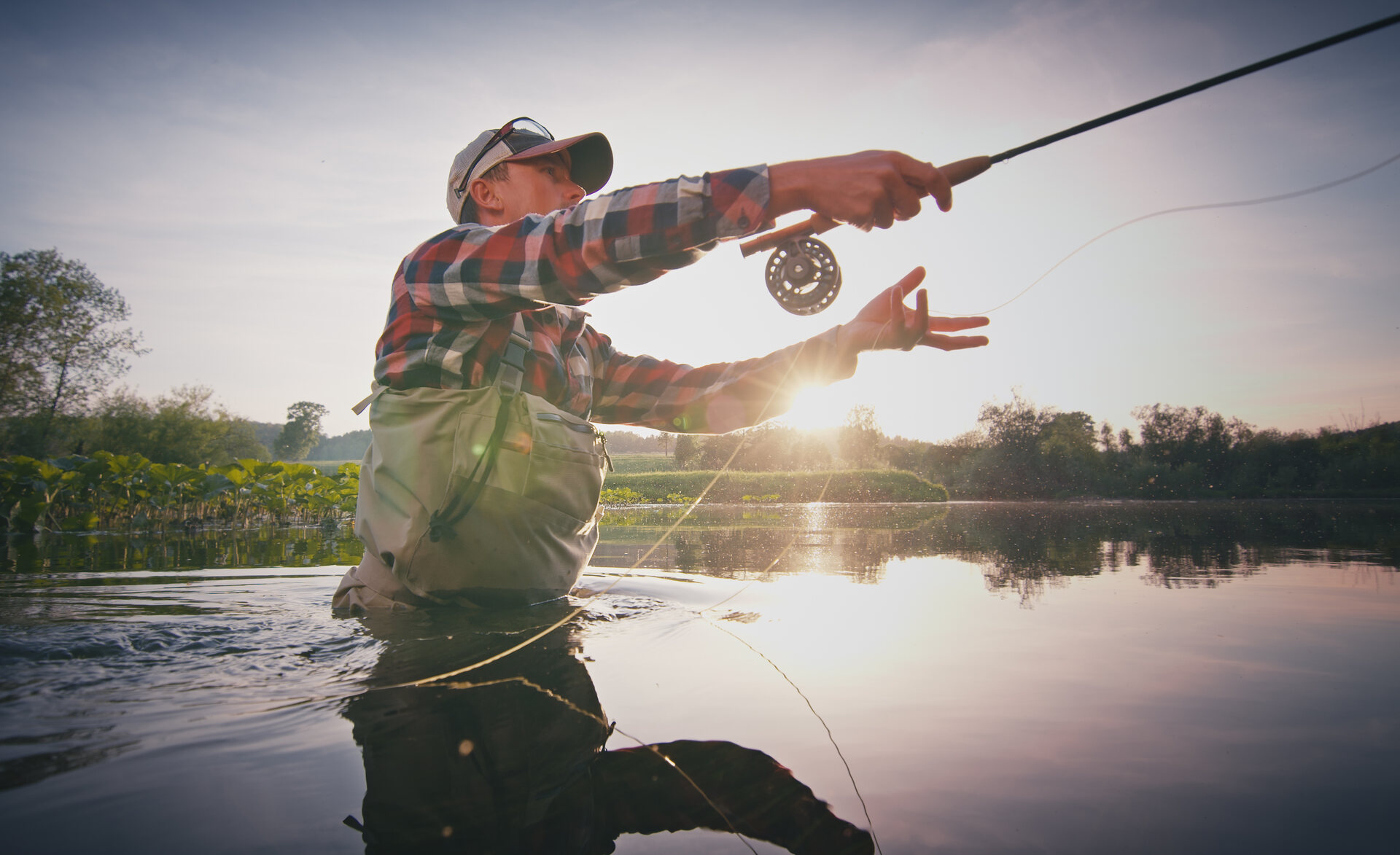
What Are Key Factors to Consider When Choosing Lure Colors
Whether you’re picking lures for night fishing or muddy waters, you need to choose the right color. There are several key factors that should be taken into consideration. After all, it can significantly impact your chances of success on the water. Here’s what you need to know:
Adapt Lures to Water Clarity and Depth
The first thing to do is to tailor the color to different levels of turbidity. Muddy water can vary in terms of turbidity, from slightly stained to heavily muddy. In lightly stained water, opt for natural or translucent colors that closely resemble the prey fish. For heavily muddy conditions, choose bright and vibrant colors that create high contrast against the murky backdrop, making your lure more visible to fish.
Next, you should adjust colors based on visibility at varying depths. As light penetrates the water, certain colors may fade or become less noticeable. When fishing at deeper depths, consider using darker colors or lures with contrasting color patterns to ensure visibility. These colors can help your lure stand out and catch the attention of fish even in deeper and murkier waters.
Count in the Light Conditions and Time of Day
The light intensity can vary throughout the day, from bright sunlight to low-light conditions during dawn, dusk, or overcast skies. It’s important to adapt your lure color accordingly. In brighter light, choose colors that are more vibrant and reflective to maximize visibility. As light intensity decreases, consider switching to darker or more contrasting colors that can still catch the attention of fish in subdued lighting.
Also, colors such as black, purple, or dark blue can create strong silhouettes against the murky backdrop, making them more visible to fish, even in dim lighting. Additionally, lures with built-in reflective elements or UV-enhanced colors can help attract attention and trigger strikes in low-light situations.
Understanding Fish Preferences and Forage Behavior
Researching the natural prey species that inhabit the waters you’re fishing can provide valuable insights into the colors that are most effective. Take note of the prevalent baitfish or other prey species and choose lure colors that closely resemble them. This mimicry can trigger a predatory response from fish, increasing their interest and likelihood of striking.
In muddy water, where visibility is limited, fish rely on sensory cues to locate prey. Lures that imitate injured or distressed prey can be highly effective in triggering strikes. Use colors that simulate wounded baitfish, such as pale or faded colors with dark spots or streaks. These colors can create the illusion of vulnerability, enticing fish to strike out of opportunistic feeding behavior.
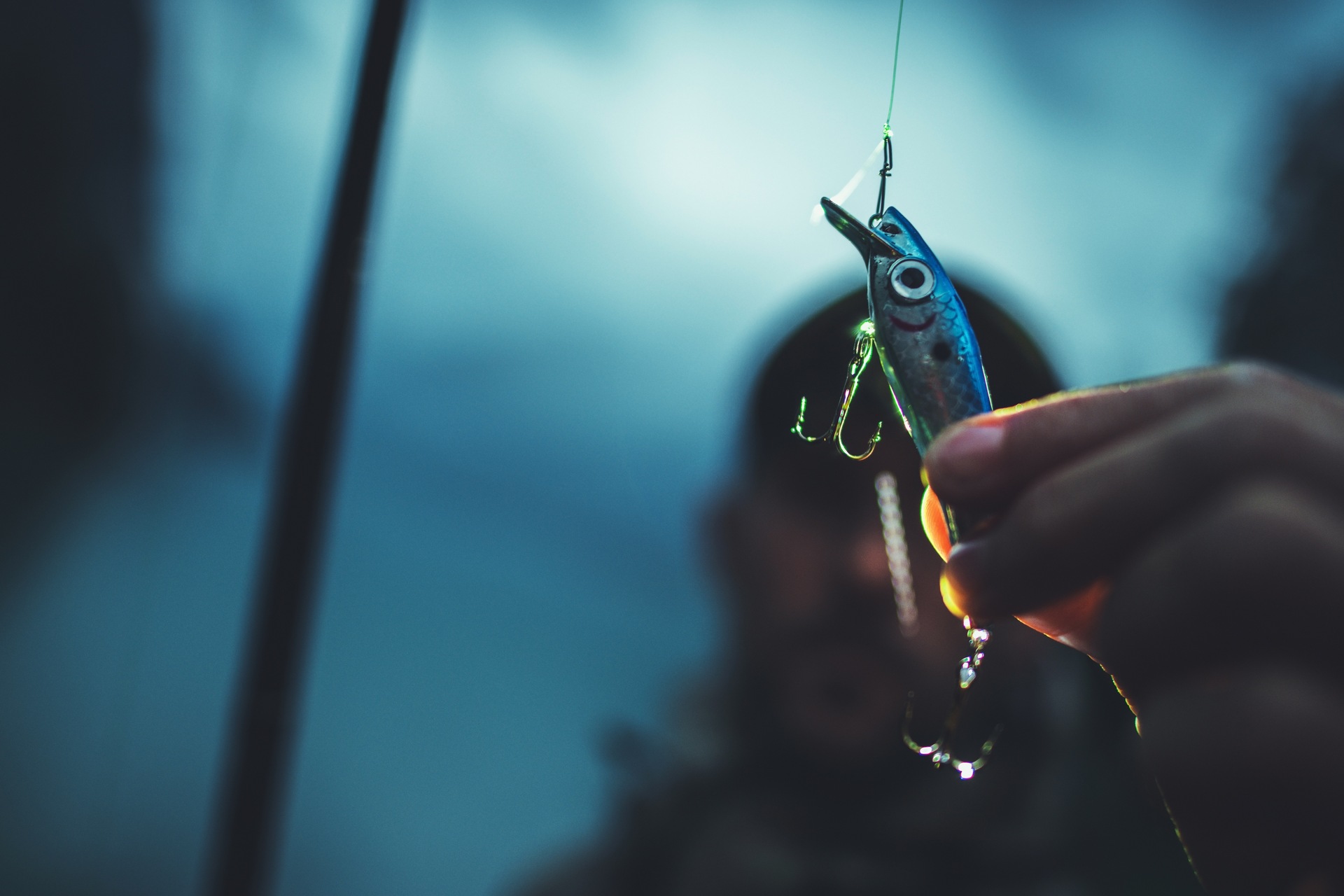
Check Out Some Recommended Lure Colors for Muddy Water Fishing
When venturing into the mysterious realm of muddy water fishing, choosing the right lure colors becomes an art form. It’s like selecting the perfect brushstroke to create a masterpiece. In this murky aquatic canvas, where visibility is obscured, certain hues emerge as the elite performers. Imagine a vibrant chartreuse lure, daring fish to resist its irresistible charm.
Picture a fluorescent orange temptation, captivating even the most skeptical underwater spectators. Or envision an electric blue dream, dancing through the murky depths, demanding attention from every fishy onlooker. Here’s what you also need to know.
Vibrant and High-Contrast Colors
Imagine a lure painted in hues of chartreuse, screaming for attention amidst the muddy waters. It cuts through the murkiness, demanding recognition from any fish within its reach. The fluorescent orange one, like a flickering flame, triggers the primal instincts of predatory creatures, igniting a spark of aggression that cannot be quelled. And let’s not forget the electric blue temptress, dancing with grace, alluring even the most reticent of underwater inhabitants.
Against the murky backdrop, these colors create a stark juxtaposition, capturing the attention of any fish within their vicinity. They tap into the primal instincts of predators, triggering a response that is equal parts curiosity and aggression. It’s like unleashing a visual feast for the senses, leaving fish with no choice but to strike with fervor.
Dark and Silhouette-Producing Colors
Picture a lure adorned with hues of deep purple or dark blue, merging with the murky backdrop, only to reveal its presence at the last moment. It’s a game of hide-and-seek, where the lure’s mysterious appearance triggers an insatiable curiosity in its intended targets. In low visibility, these colors create a distinct profile that stands out, even in the darkest corners of muddy waters. They enhance visibility, beckoning fish to investigate the enigmatic figure lurking in their realm.
Natural and Realistic Colors
Embrace the enchantment of natural and realistic colors in your muddy water expeditions. Be the ultimate impersonator, mimicking the local prey species with finesse and precision. Capitalize on the fish’s feeding habits and preferences, turning their natural instincts into a formidable ally. Let your blend seamlessly into the underwater tapestry, inviting strikes with irresistible allure.
What Are Additional Strategies to Improve Success in Muddy Water Fishing
When it comes to muddy water fishing, there are additional strategies that can significantly improve your chances of success. These techniques go beyond lure color selection and focus on optimizing presentation, leveraging modifications and attractants, as well as tapping into local knowledge and angler experiences.
So, what you can do is slow down your retrieve to allow fish more time to locate and strike your lure. Additionally, incorporating erratic movements or pauses can increase visibility and trigger reaction bites.
Also, experimenting with lure modifications and attractants can also yield positive results. Enhancing visibility through modifications, such as adding reflective tape or glow-in-the-dark elements, can make your lure more visible in murky conditions. Furthermore, using scents and attractants can compensate for reduced visibility by enticing fish through olfactory stimulation.
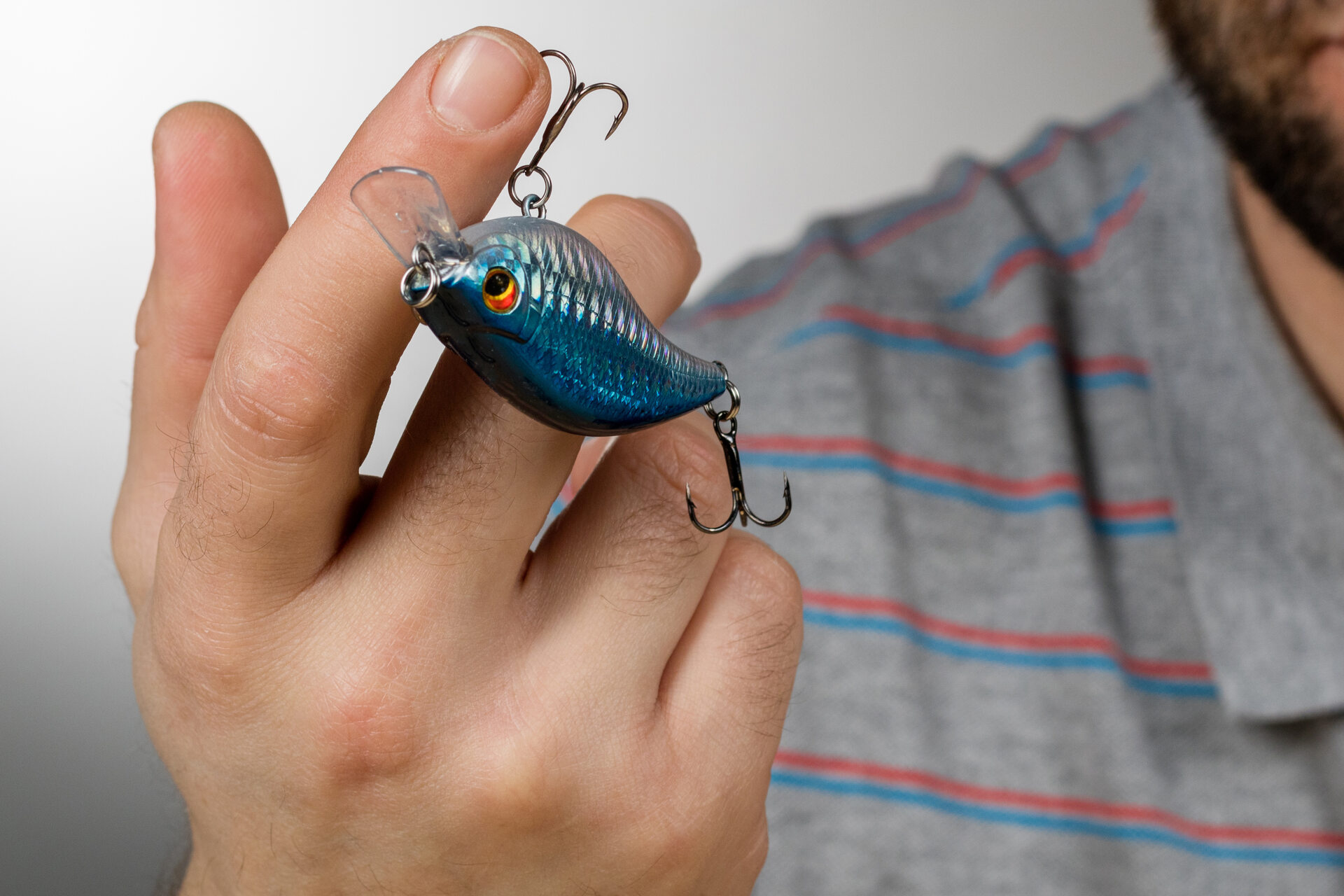
Let the Dance Between Angler and Fish Unfold in This Mesmerizing Aquatic Theater
As the waters settle and the final cast is made, the conclusion is clear – muddy water fishing is a realm where science, artistry, and instinct converge. It’s a testament to the relentless pursuit of angling triumph. So, cast your vibrant colors, embrace the shadows, and mimic the prey. Adjust, modify, and learn from those who have ventured before you. With each expedition, you unlock the secrets of the murky depths and elevate your skills to new heights.

